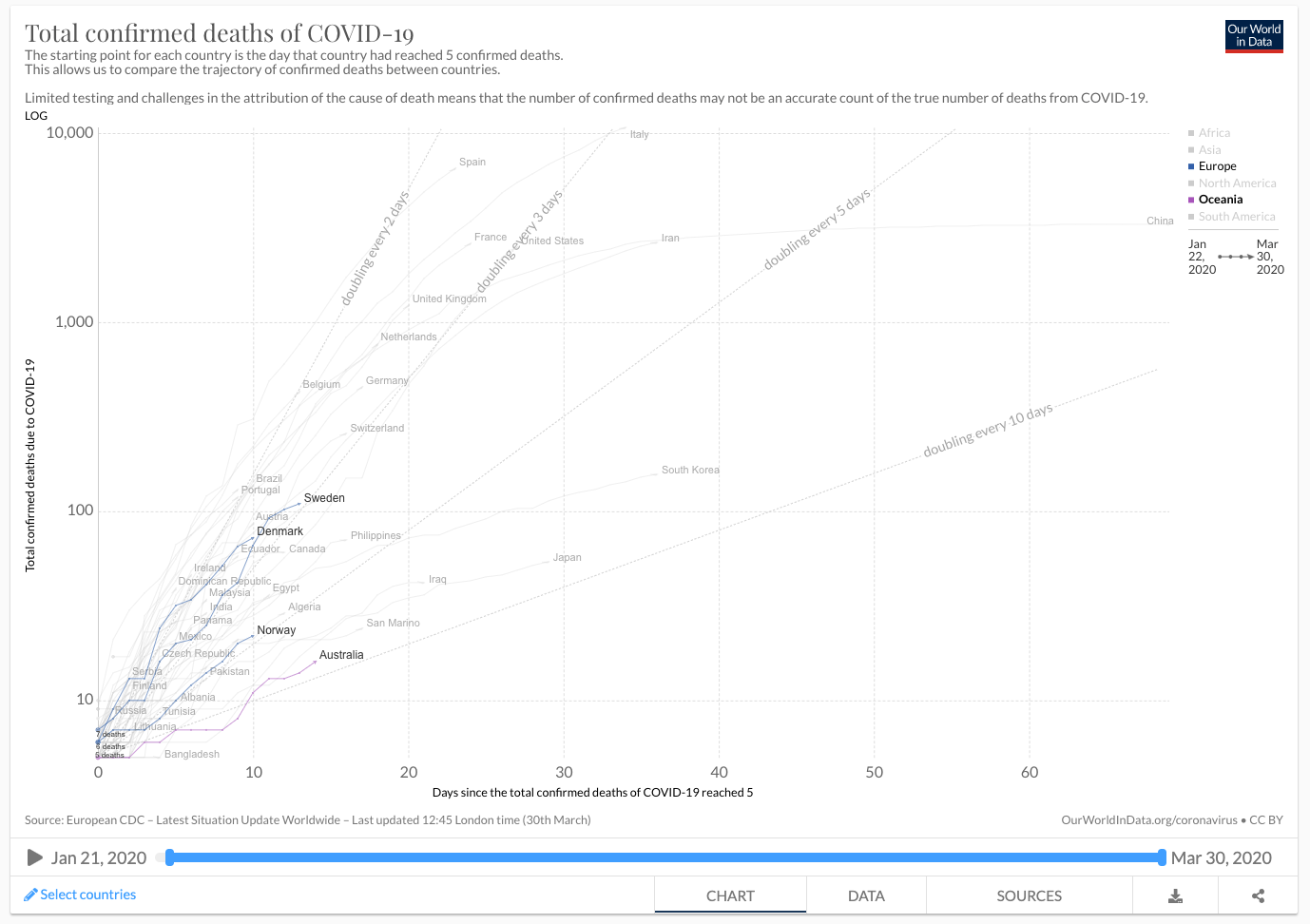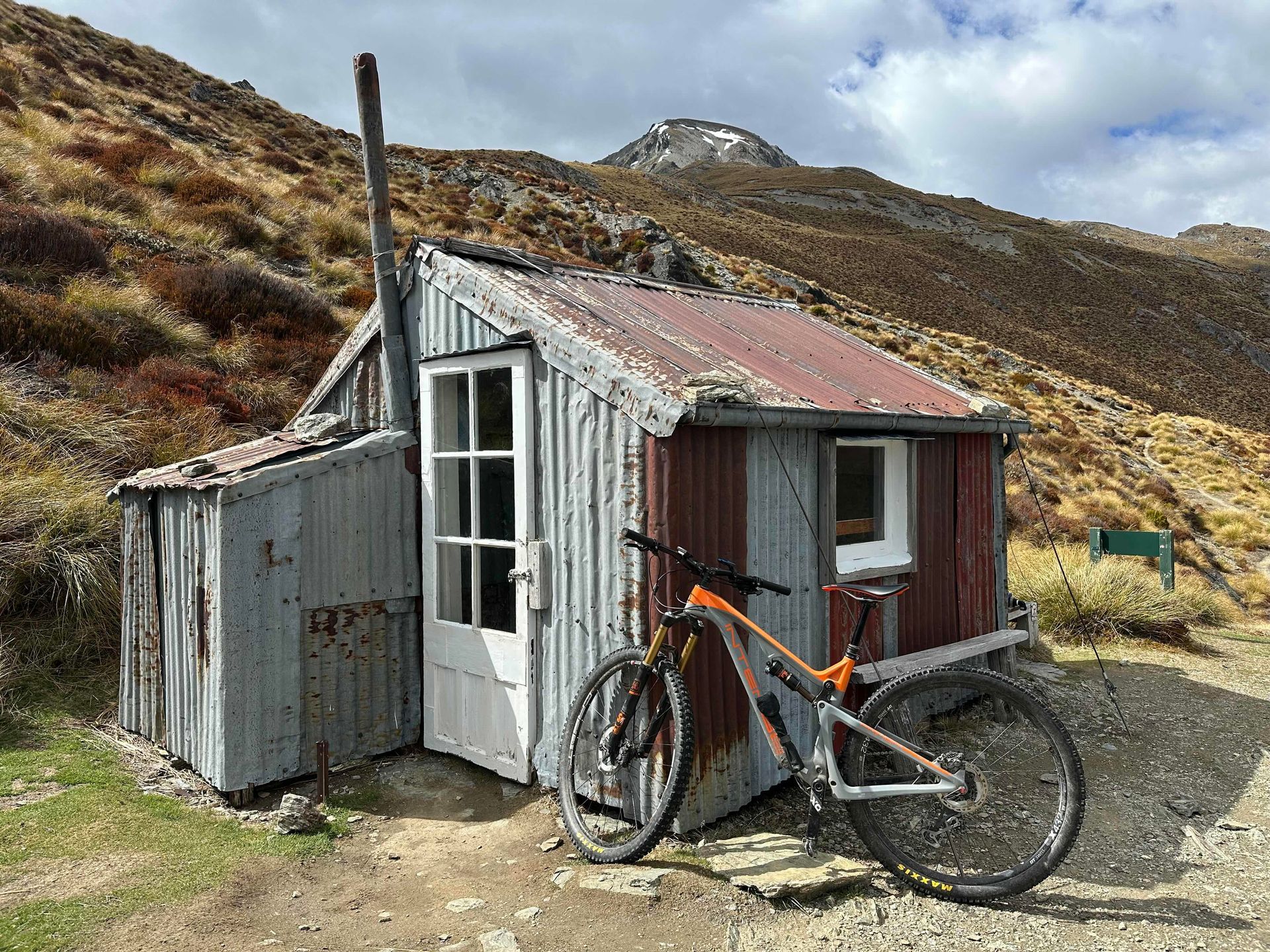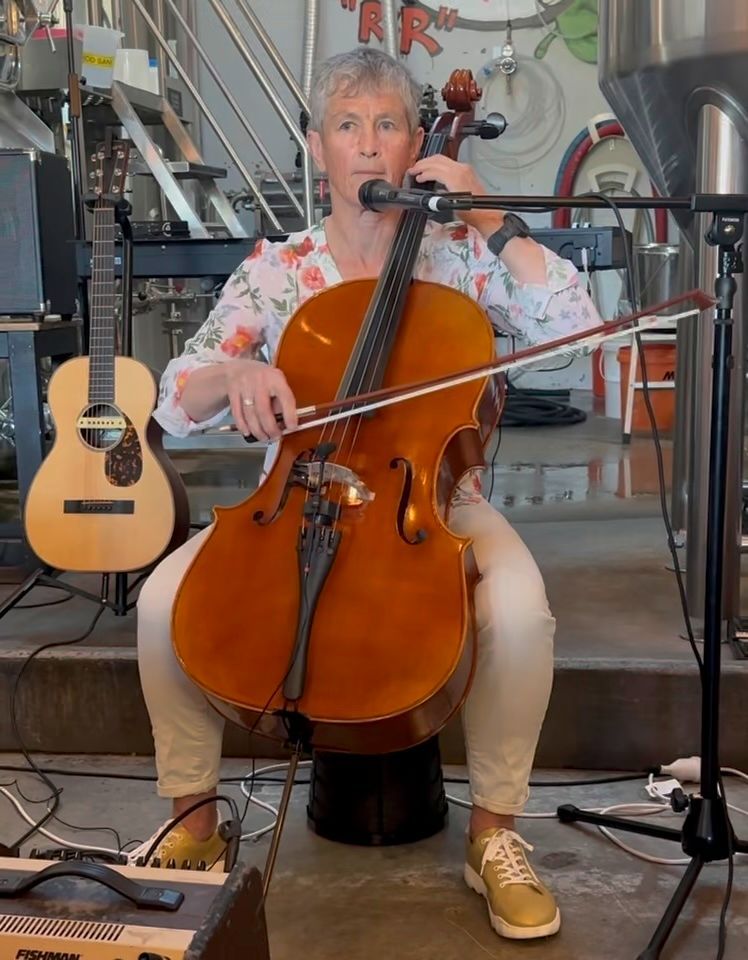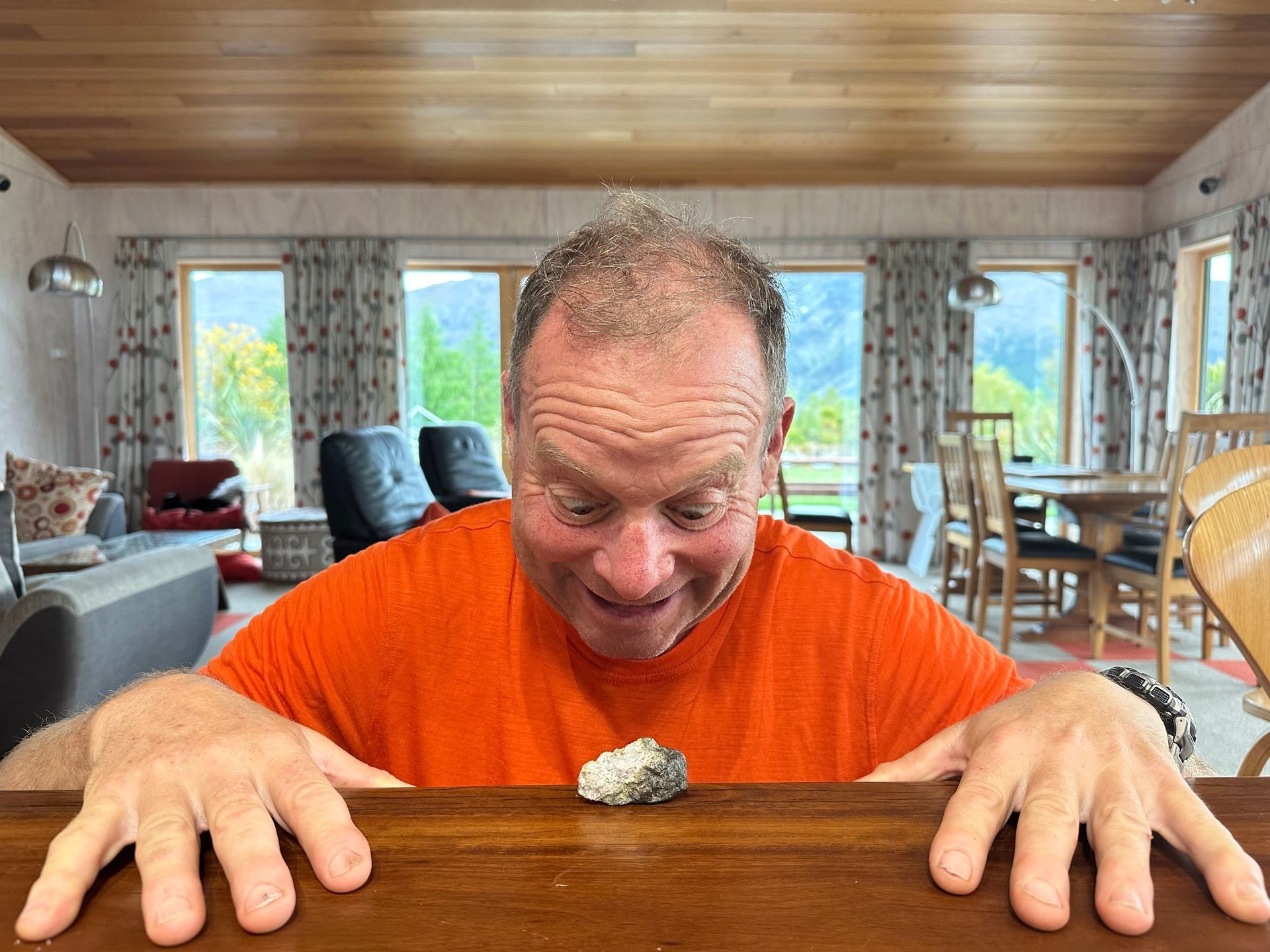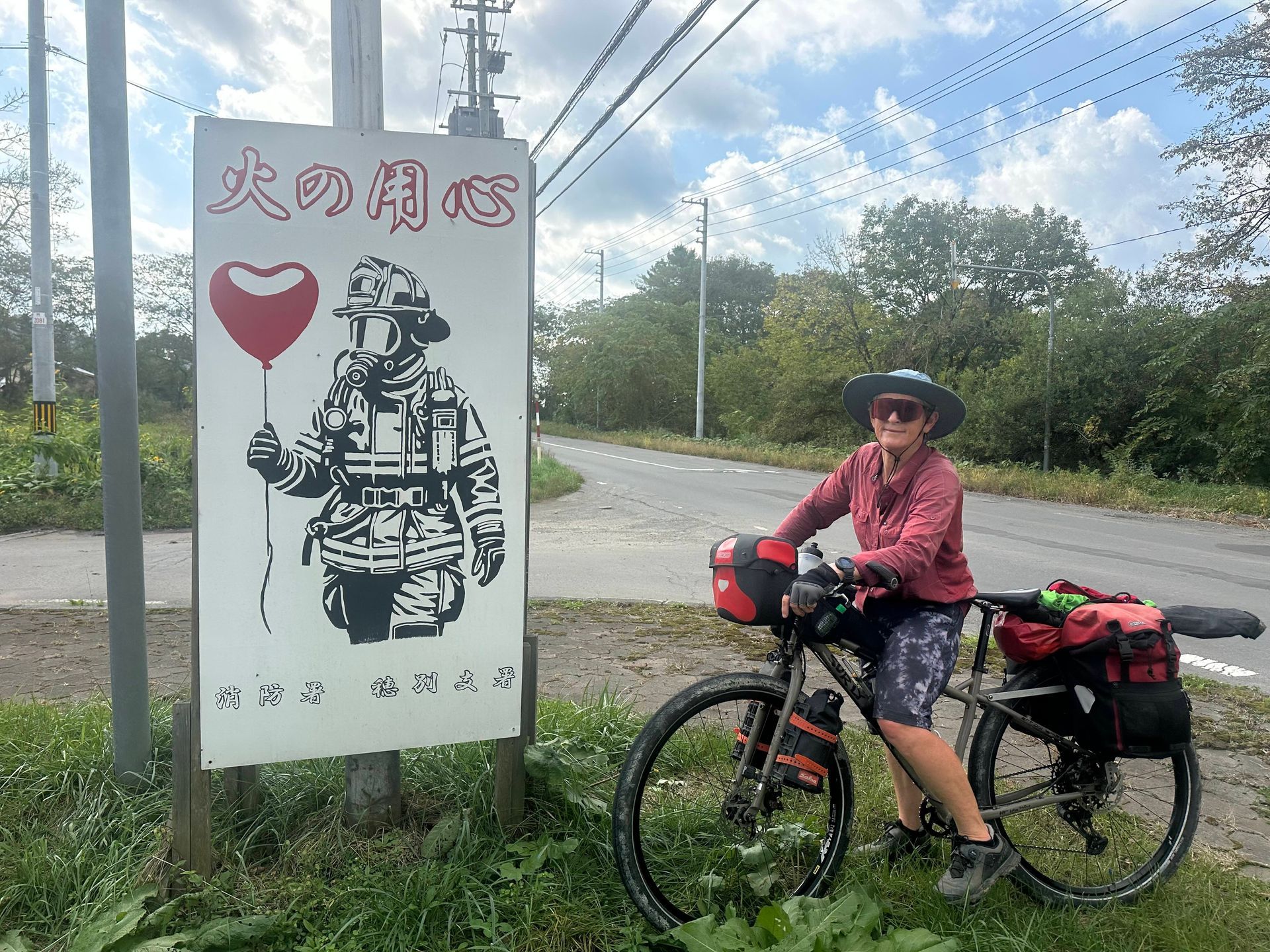Is this experiment set up right?
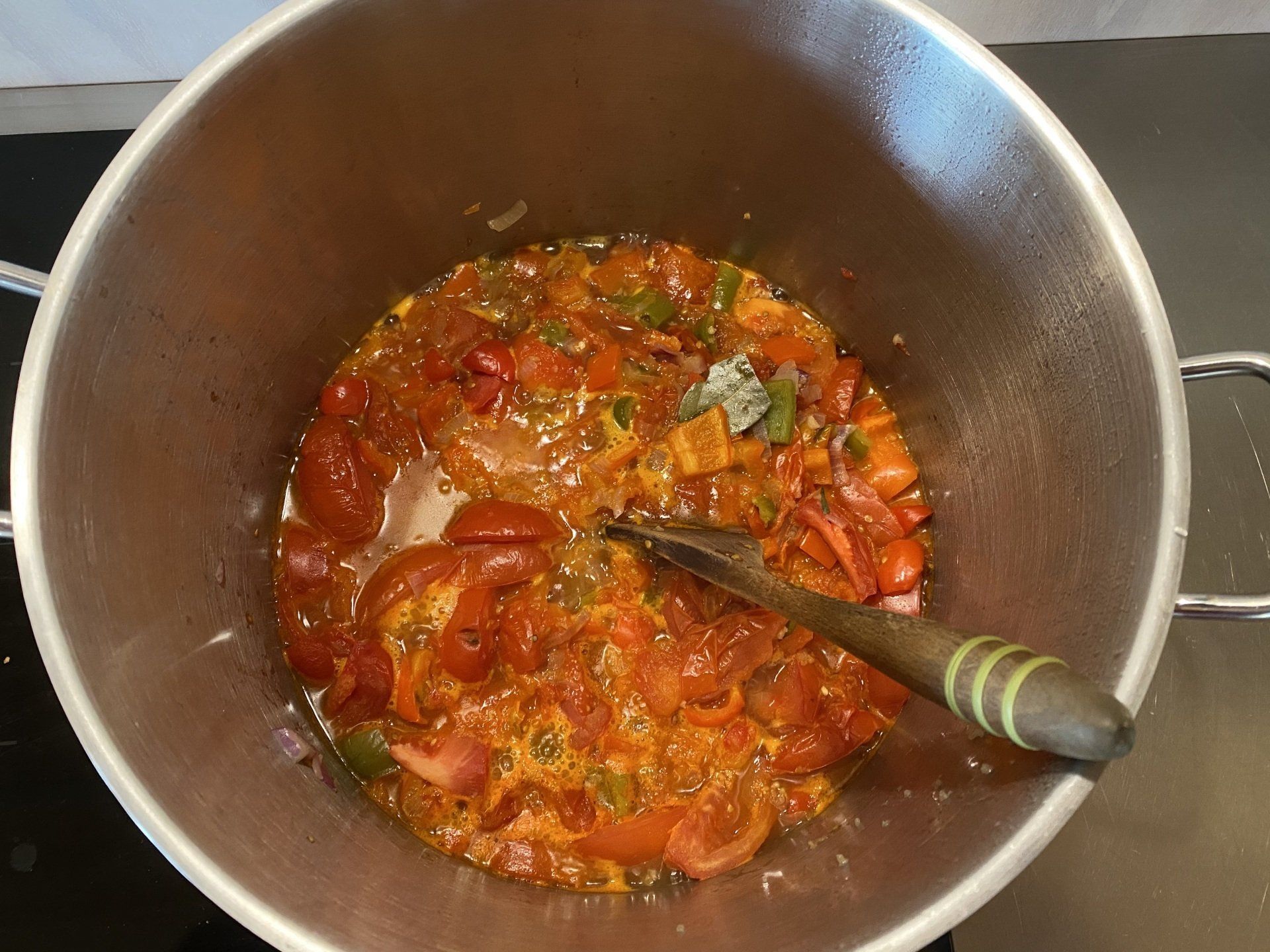
Today I felt like I had COVID-brain. That does not mean I have a cough, or a fever, but my brain seems to be working at half speed compared to normal. I start something, then forget what I am doing half way through the activity as something else distracts me. I am talking to someone, while my thoughts drift of to the thing that I was doing earlier and I realise suddenly that the pasta sauce has been cooking for the last 2.5 hours since I put it on this morning. Thank goodness for induction cook tops and low settings, it isn’t burnt.
I remember this feeling from the time of the Canterbury earthquakes. For the last few years, when someone talked about the potential for an Alpine Fault earthquake, I used to joke that one civil emergency is enough for a life time so I really hoped I would be dead before it happened again. That doesn’t seem like a funny joke at all now, though it still feels very true. My mother is onto her third civil emergency as she got to experience World War II; as a child I remember handling the spiky shrapnel that she collected from their garden following a bombing raid. See how easily I have been distracted? What does shrapnel have to do with earthquakes? Actually, I am figuring that people probably got WWII-brain, when the enormity of their situation got the better of their mental faculties while they were off guard, and their brains went all fuzzy.
My brain went fuzzy with annoyance, however, in reaction to an opinion piece on Stuff this morning. The article questioned whether our lockdown is too severe in relation to the degree of threat from COVID-19 i.e. has our Level 4, action research experiment been set up properly? Should it have different conditions? I don’t have any problem with people asking questions, quite the contrary, but the question asker only seemed to be considering half the picture and, thereby, misleading people. I should probably actually feel sorry for the question asker because there is a high degree of chance that a media piece has been twisted for sensationalism and they woke to the horror of an article saying something other than what they meant.
The writer makes the important point that, if our economy tanks, people will die of a whole lot of illnesses that we won’t be able to treat, not to mention undergoing a great deal of misery related to not having jobs, incomes, or many of their pre-existing activities to undertake. This is all absolutely true, but I would suggest that what is going on offshore in regard to countrywide lockdowns, unemployment and lack of tourism, means that there will be a worldwide economic meltdown no matter what New Zealand does.
Further, the article focuses on death rates from COVID-19, and whether they are accurate – it is possible that COVID-19 might have a death rate of only 1.2 in 1000 people infected (numbers from China suggest 1 in a 100 and waste case scenarios from Italy are 1 in 10); 1 in 1000 is similar to, though slightly higher than, seasonal flu. So far, so good – we don’t shut New Zealand down every winter. So what are the differences between our situation right now and the beginning of every winter?
- For a start, in April we normally have flu shots available so that the vulnerable, those in risky jobs, and everyone else who wants to, can get vaccinated against this year’s flu strains, reducing the number of people who could catch flu. We have no COVID-19 vaccine. That means everyone in the community could get infected.
- Second, we don’t have any immunity to this coronavirus because we haven’t been exposed to it – that means everyone in the community could get infected. Although it is established that having influenza one year does not stop you getting infected by a new strain next year, there is also some degree of resistance to infection in the community. Immunity is a very complex phenomenon and it appears that the first flu strain you encounter as a child may set your degree of immunity and the strains you might be able to fight off.
- Third, COVID-19 appears to be infectious for a number of days before symptoms appear whereas seasonal influenza is infectious for only about 1 day prior to symptoms appearing. In other words, most people with seasonal flu are home in bed, not infecting lots of people out in public; this contributes to the influenza transmission rate of around 1 person infected by each sick person. This means that influenza numbers do not increase exponentially, unlike coronavirus, where transmission rates are between 1.5 and 3.5 people infected per person.
The three points above mean that COVID-19 has the potential to infect increasing numbers of the whole population, unlike influenza, so many people are made sick at the same time – far more people than in a normal influenza season. Therefore, if we don’t reduce the rate of disease transmission (no matter what the actual vs perceived death rates are from these two different diseases), if coronavirus is left to run rampant, hospitals will overflow and people will be chosen to die, as we are seeing in Italy, Spain and the USA, with the UK and France next in line.
Of course, this still doesn’t mean that our Level 4 restrictions are ‘correct’. Nobody can say any approach is ‘correct’ except where the experiment has a successful conclusion (and fullly proven success, without local reinfection, is many months away). Hubei Province locked down even more stringently than New Zealand for 2 months and it would appear (if you believe Chinese data) that they got things under control; China’s borders remain firmly shut. South Korea implemented mass testing (which we definitely need more of, as emphasised by the PM, medical experts, and many around the globe), and surveillance (currently being considered here), and that appears to have worked.
In the absence of an ability to mass test and get answers more quickly, we need to hang tight till we can see how our experiment is going. If we change our parameters part way through, before we have evidence of their effect, we will have no idea what works and what doesn’t. We have made our choice and now, unless there is overwhelming evidence that our choice was horribly wrong, we need to wait for the numbers to develop over at least 2 weeks and see what our transmission rates, death rates and case rates (given the inaccuracies in those figures) are looking like at the end of that period. In the meantime, we can continue to learn from everyone else’s experiments. If we take a quick look back in at our Scandinavian case studies, on the basis of numbers of deaths, we certainly wouldn’t be yet picking that Sweden’s strategy of low levels of intervention is the winner. We would also have to acknowledge, however, that none of these countries yet have death rates which would warrant totalling an economy…the experiment continues.
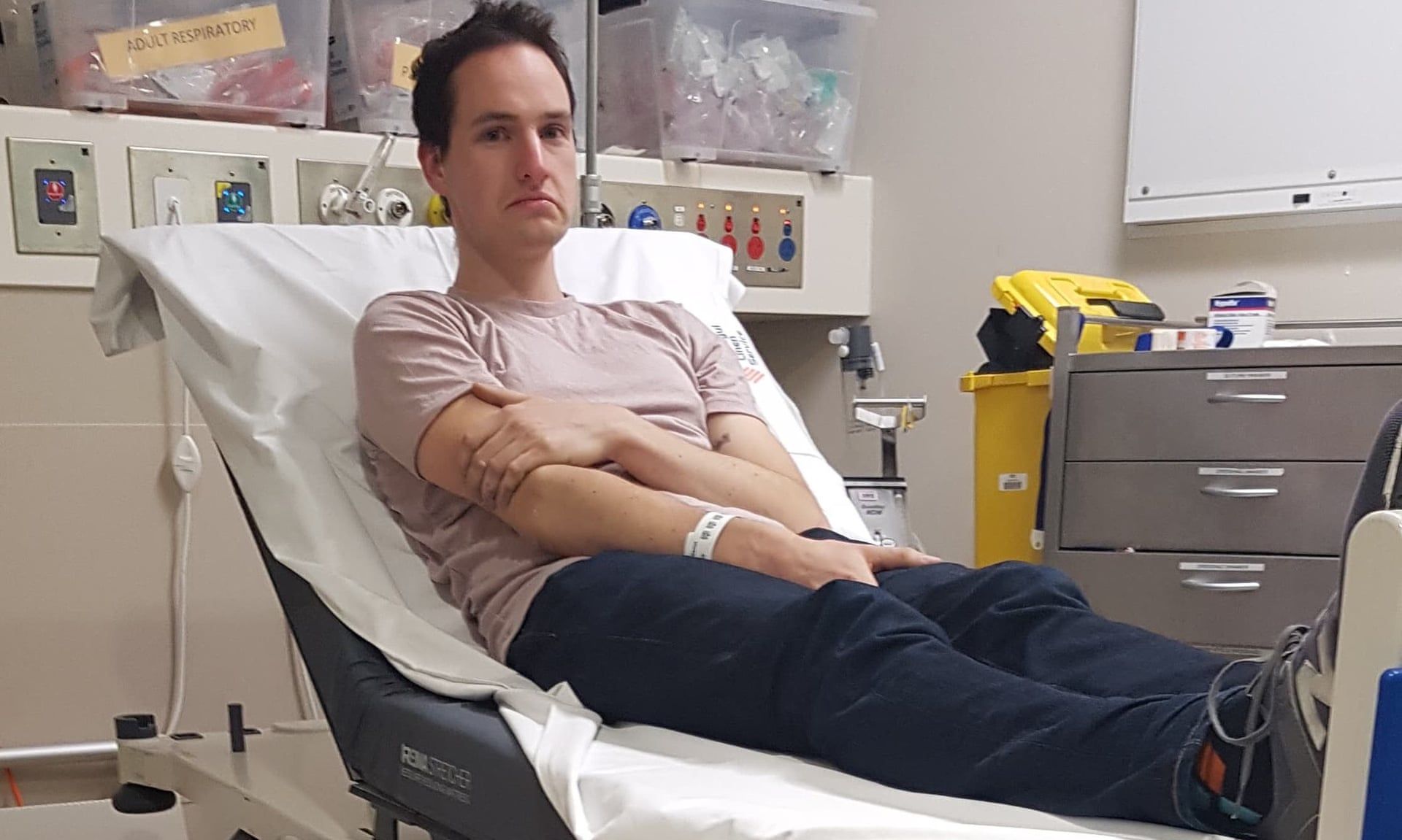
Instead of a joke (though please send me more!), I thought I would finish with my favourite story from today. This guy’s expression is a little hard to interpret, let’s say he is ‘uncomfortable’, because he had to go to hospital to get magnets out of his nose. Why did he get magnets up his nose? Because he was inventing a device that would set off an alarm when your hands got close to your face. He is apparently an Australian astrophysicist, though clearly not a rocket scientist. What he actually created was a device that buzzes until your hand gets close to your face – FAIL. Then, for a little entertainment, he tried clipping the magnets to his earlobes (like clothes pegs, which are much safer to try than magnets), and then to his nostrils, and then things went downhill (or up his nose). He progressively got magnets stuck up his nose, tried to remove them with other magnets, then had more magnets in his nose; he tried to use pliers to pull the magnets out, but the very strong rare earth magnets magnetised the pliers. Luckily for him, the Melbourne hospital he attended was not yet besieged by COVID-19 victims. Therefore, he was treated promptly, hopefully without infection. So to all you New Zealanders out there who are getting bored on Level 4 – Day 6 (and everyone else, everywhere else, on whatever day of your restrictions), Stay Home, Save Lives, Don’t Snort Magnets.
